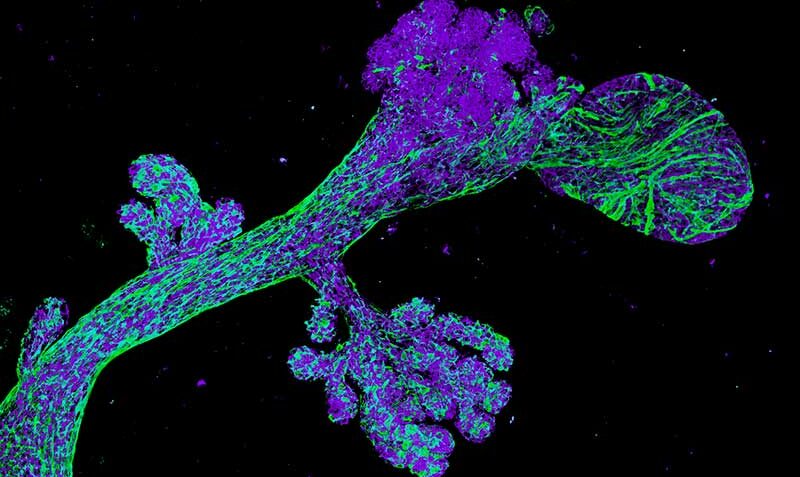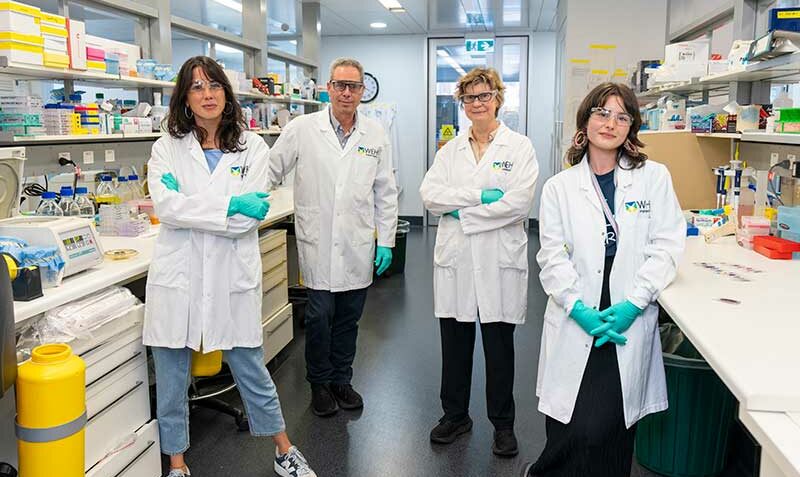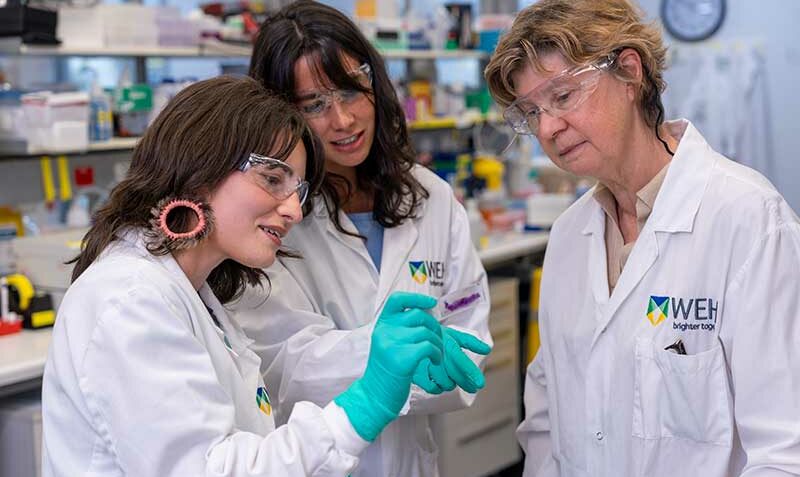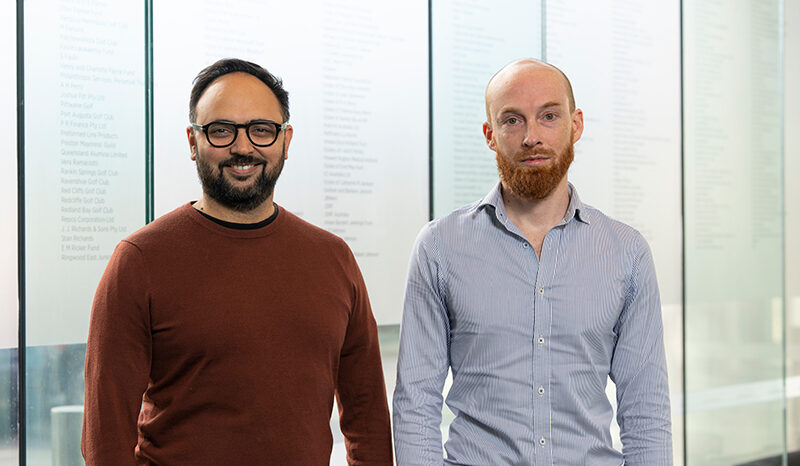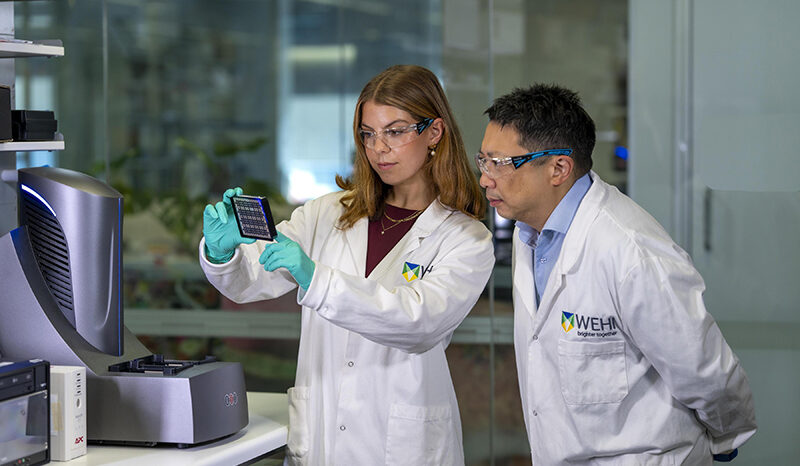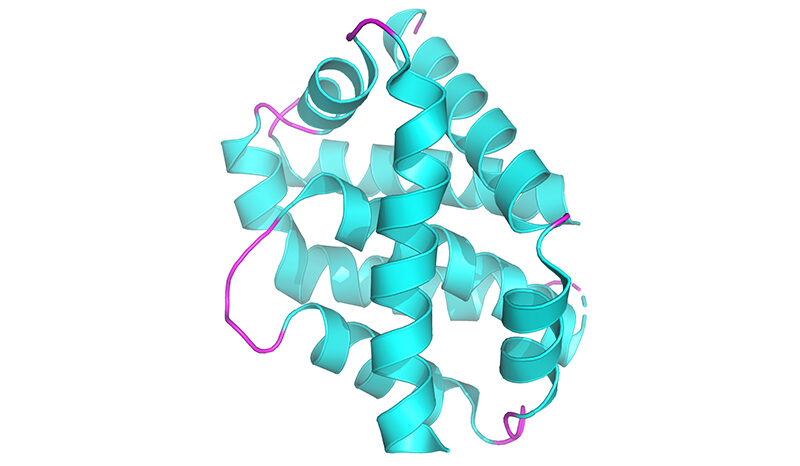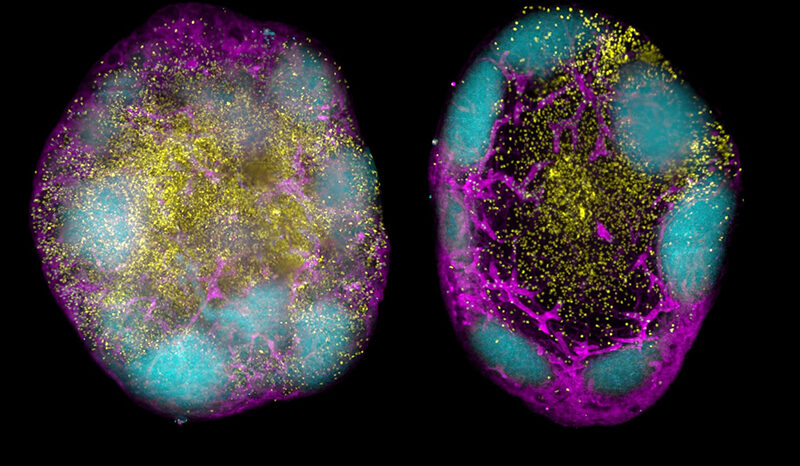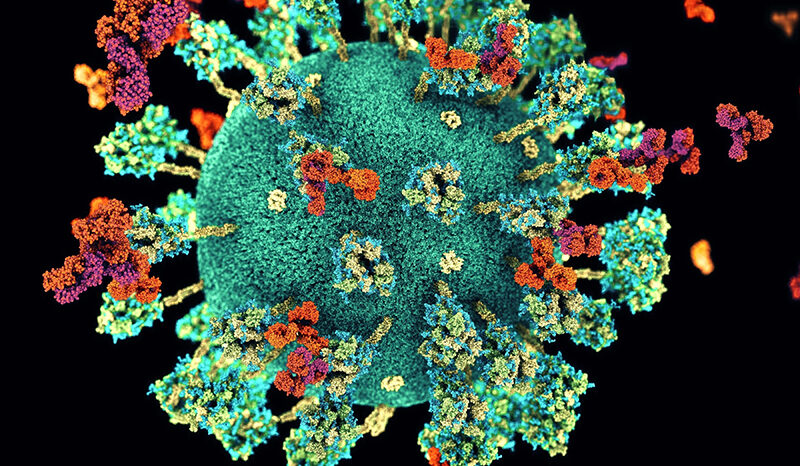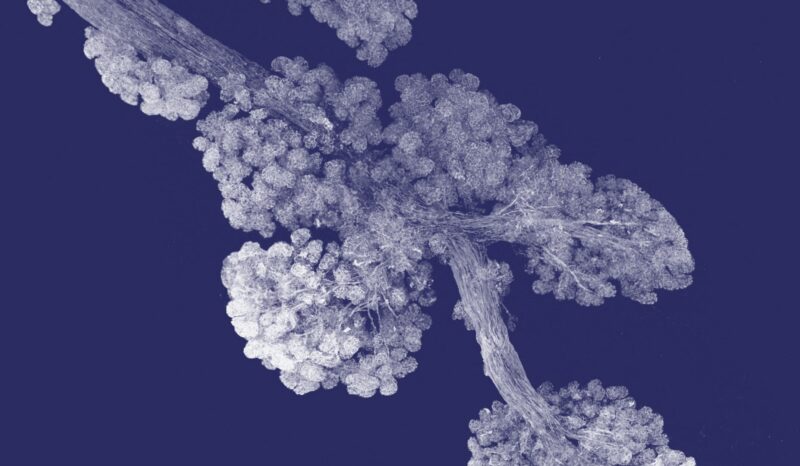Abnormal cells
Women who inherit and carry a faulty BRCA2 gene have a substantially increased risk of developing breast cancer – approximately 70% of carriers will develop the disease over their lifetime.
These cancers often occur at a young age and can be clinically aggressive. Early screening is encouraged and some women undertake preventive breast surgery (mastectomy) to reduce their breast cancer risk.
In a milestone finding published in Nature Cell Biology, researchers have discovered the likely ‘cells-of-origin’ of cancer in BRCA2 carriers. By comparing cancer-free tissue samples from both carriers and non-carriers, they identified an aberrant population of cells that divide more quickly.
Study joint first author Dr Rachel Joyce said this perturbed cell population was found in the majority of tissue samples from women with a faulty BRCA2 gene.
“Given they were found in most of the BRCA2 tissue samples from healthy females, we believe these may be the cells-of-origin that lead to future breast cancers in women that carry the BRCA2 mutation,” Dr Joyce said.





